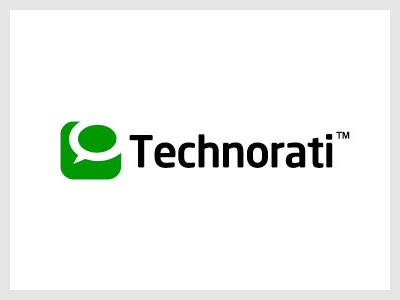It is at this time of the year that I crawl up on my soap-box about two issues related to paying federal income taxes. Using a refund anticipation loan to perhaps receive your income tax refund a few days faster, and receiving an income tax refund at all, are two areas I feel that consumers should avoid. Here’s why:
Refund Anticipation Loans
In spite of the fact that taxpayers can have free tax preparation, file for free, and receive their refunds in approximately 10 days, many still opt to pay for tax preparation and obtain a Refund Anticipation Loan.
A Refund Anticipation Loan (RAL) may sound good on the surface. Companies that offer such loans promote the fact that you’ll get your money sooner than you would from the IRS, and when money is tight, sooner always sounds better. An RAL is a short-term loan, usually for just a few days, based on the anticipated amount of your income tax refund. In other words, the company fronts you the money, and you sign documents that allow them to repay themselves from your income tax refund when it arrives.
 The problem is that not only are consumers paying to have their taxes prepared when they could have done it for free through www.irs.gov, but they are paying to get back their own money, and paying through the teeth. In addition to the tax preparation fees, the company providing this service will likely tack on other fees and charge you what calculates to be triple-digit interest if annualized.
The problem is that not only are consumers paying to have their taxes prepared when they could have done it for free through www.irs.gov, but they are paying to get back their own money, and paying through the teeth. In addition to the tax preparation fees, the company providing this service will likely tack on other fees and charge you what calculates to be triple-digit interest if annualized.
An often overlooked hazard to such loans is the possibility that the IRS does not issue the full refund. For instance, if the taxpayer has outstanding student loan debt, past due child support, or unpaid taxes, the government may withhold all or some of the refund. However, the RAL still has to be repaid by the consumer, yet there is now no money available to do so.
Is Receiving a Refund a Good Idea?
Some people wait all year long for their income tax refund when they could have had that money in their pocket each payday. These same people often are the ones falling behind on their rent or mortgage payment, car payment, and other obligations.
In recent years the average IRS refund check has been well over $2,000. This means that millions of consumers who struggle to meet their daily expenses, as well as debt payments, could have an extra $200 in their pocket each month. That amount could be the difference in losing a home or having a car repossessed.
There is a quick and easy remedy: Adjust your withholding allowances. The IRS has a calculator available on their site to help you determine the proper number of allowances. Simply go to www.irs.gov and type in the words “withholding allowances” in the search box. Or, go to your Human Resource department at work and ask to have your allowances adjusted. This can be done any time of the year.
Consumers don’t want to end up owing Uncle Sam, but they don’t want to give him an interest free loan, either. In this economic environment, everyone needs to watch where their money goes. Why pay for something that you can obtain for free? The smart consumer will use the IRS tools to prepare and file their return electronically, receive their refund via direct deposit from the IRS, and adjust their withholding allowances so that moving forward they get to keep more of their paycheck.
For help with your financial questions, turn to a trusted NFCC Member Agency. To locate the office closest to you, call toll-free to (800) 388-2227, or go online to www.DebtAdvice.org. For help in Spanish, dial (800) 682-9832.
Gail Cunningham
National Foundation for Credit Couseling




As a former employee of a major tax preparation company (based in Kansas City), I no longer work there partially because I would get infuriated at having to push the RAL (refund anticipation loan) which costs the customer so much (and made the company not only “have people” but have profit). Stay away from them! Save your money and use a tax software to do your taxes (I have done them both ways and the software gets me the same refund)
Phil’s last blog post..The Frugal Lifestyle